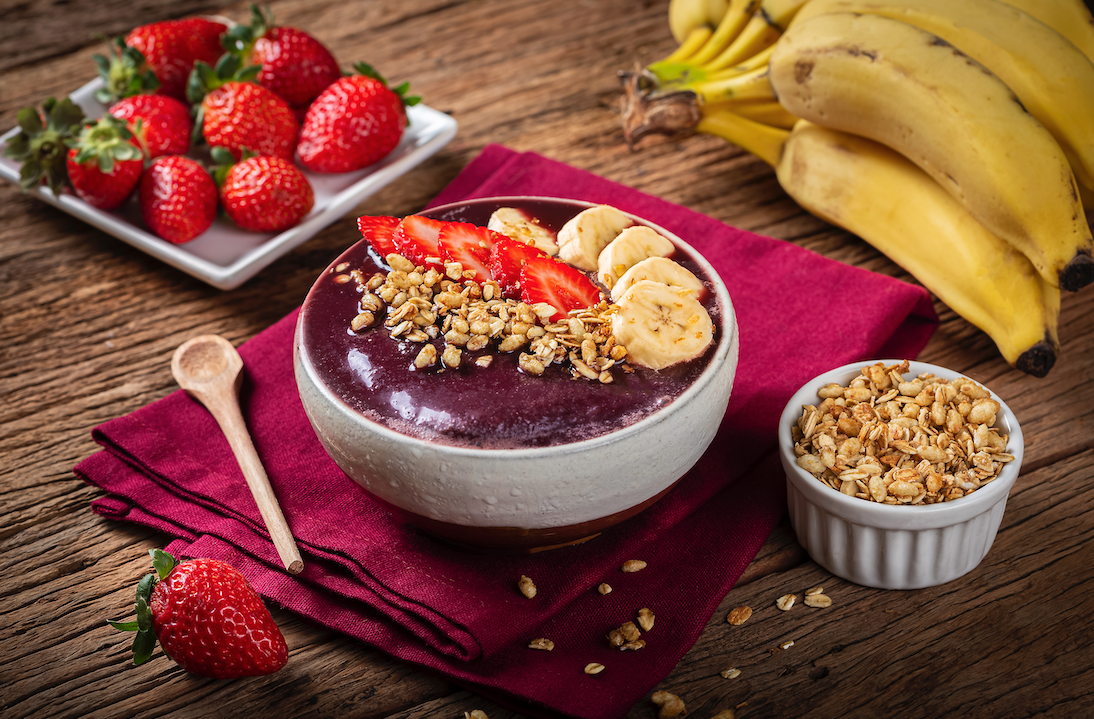
Honey
Traditionally, honey is used for a lot of different purposes, such as antibacterial agent, antioxidant, for wound healing, to treat coughs etc. History also confirms that honey was the leading antibiotic before penicillin discovery.
Usage
Rich in antioxidants
Honey that is minimally processed, unheated, and fresh is rich in antioxidants.
Heart health
Honey may help prevent heart disease.
Wound healing
Honey is effective at healing wounds.

Ancient Herbal Therapy
The history of honey is considered being older than human history. According to research, bees are insects that existed in the Neolithic age. Archaeological artifacts confirm the appearance of honey in 7000 BC. Preserved writings mention honey as a gift from heaven and a part of myths and legends, especially in the ancient world.
All over the world, through India, China, Africa, Egypt, Greece, and Spain, it has been used throughout history for various purposes. It was used as a food sweetener, as medicine for open wounds and injuries, while in Egypt it was used as a gift to the gods, but also as an ingredient in embalming liquid. It was used as antibiotic before penicillin discovery.
How to add honey to your diet?
A spoonful of honey per day
People often take a spoon of honey per day for antioxidant purposes.
As a sweetener
Honey is 25% sweeter than table sugar, and it’s a healthier than sugar.
With food
Honey is often take with yogurt, cereal, toast.
Julius Caesar accepted honey as a type of currency that was used to pay taxes instead of gold.
Honey has been mentioned in old papers as a gift from heaven.
The speed of crystallization depends on the ratio of sugar, glucose, and fructose to it.
The quality of crystallized and non-crystallized honey is exactly the same.
About
Honey is a sweet, viscous substance processed by the honeybee from the nectar of plants. The bee adds enzymes to the nectar, which break down complex sugars into simple ones, losing most of the water. The obtained nectar is deposited in the honeycomb cells where it matures into honey. Extra-flower nectar is collected from conifers. It is used to obtain honey of a very dark color due to its high content of mineral substances. Honey is a substance that has been known in human nutrition since prehistoric times.
Composition
Fresh honey is a thick semi-liquid mass that gradually crystallizes. The speed of crystallization depends on the ratio of sugar, glucose, and fructose to it and the temperature at which honey is stored. Honey with a higher% of glucose crystallizes faster, and with a higher fructose content slower. The quality of crystallized and non-crystallized honey is exactly the same.
Honey is rich in carbohydrates, mostly simple sugars (75-85%), numerous enzymes, vitamins, minerals, essential oils, essential amino acids. The content of fats and proteins is small, but these amounts are also important for the proper development of children. The presence of herbal antibiotics phytoncides classifies honey as a natural antibiotic. Antimicrobial properties are lost if honey is put in hot milk or tea.
Science
Information on the usage of honey for the cure of many human diseases can be found in general magazines, journals, and natural products' leaflets, suggesting a wide variety of activities. Evidence indicates that honey can exert several health-beneficial effects, including antioxidant, anti-inflammatory, antibacterial, antidiabetic, respiratory, gastrointestinal, cardiovascular, and nervous system protective effects. Although many investigations were done on honey, only a few are published.
Safety
Honey is likely safe for use as a natural sweetener, cough suppressant, and topical product for minor sores and wounds. Honey can cause a rare but serious gastrointestinal condition (infant botulism) caused by exposure to Clostridium botulinum spores.
Side effects from overconsuming honey usually include nausea, digestive issues, excessive sweating, etc. Some people are sensitive or allergic to specific components of honey, particularly bee pollen. Although rare, bee pollen allergies can cause serious, and sometimes fatal, adverse reactions. Honey might affect blood sugar levels and, therefore, is strongly contraindicated in individuals with related chronic illnesses.
Fun Facts
A single honeybee can only produce approximately 1/12 teaspoon of honey in her lifetime.
-
Alvarez-Suarez, J. M., Tulipani, S., Romandini, S., Bertoli, E., & Battino, M. (2010). Contribution of honey in nutrition and human health: a review. Mediterranean Journal of Nutrition and Metabolism, 3(1), 15-23.
Cianciosi, D., Forbes-Hernández, T. Y., Afrin, S., Gasparrini, M., Reboredo-Rodriguez, P., Manna, P. P., ... & Battino, M. (2018). Phenolic compounds in honey and their associated health benefits: A review. Molecules, 23(9), 2322.



